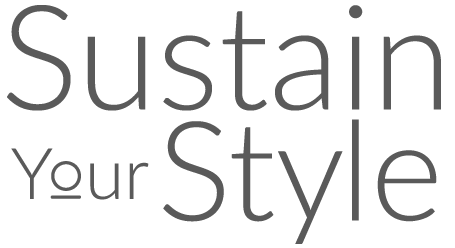The adoption of cleaner production techniques and the increased accountability of manufacturers is making it easier to source sustainable and ethically produced leather. Here’s how to ensure you’re buying the good stuff.
Responsible leather producers and their trade bodies are working hard to improve standards. Tanneries have become cleaner, using fewer chemicals and reclaiming them for re-use while new techniques are constantly emerging to improve environmental performance and reduce impacts. Processes have been refined to the extent that the amount of water used in leather production has been cut by 35% in the last 25 years. And, with the reuse of water, that reduction is continuing.
The leather industry is also making strides in creating a transparent supply chain, making it easier for the consumer to check for best practice along every part of the process – from cow to final product. The key is to know which labels, certifications and terms to look out for – and which ones to avoid.
Buy premium
Price, as with almost everything, can be a factor in ensuring leather goods are sustainably produced. If you are buying from a high-end, luxury producer, you can be fairly confident they will abide by best practice. Their profits are derived from great design and craftmanship and they won’t compromise that by using anything but the highest quality leather from producers who are certified to the highest standards.
The best producers should be open about their supply chains. If you need further reassurance, check the corporate responsibility and sustainability sections on their websites.
Look for the Leather Working Group or Sustainable Leather Foundation logos
The Leather Working Group (LWG) and Sustainable Leather Foundation (SLF) provide environmental audits and traceability standards. Brands and retailers can use the logos on their website to indicate that they are using leather products that have been audited. Alternatively, ask your brand or retailer to support their environmental claims through traceable standards. If in doubt, you can check out consumer information for an LWG member here or for an SLF member here.
Choose regenerative
Also, when making a purchase, keep an eye out for the next big thing: ‘regenerative’ leather. It’s not yet mainstream but footwear and apparel brand Timberland is blazing a trail with its verified, fully traceable regenerative leather supply chain and Mulberry has recently outlined its regenerative intentions. There are also several smaller independent brands that sell it.
In simple terms, regenerative leather comes from cows that are reared using ecological practices that are good for the animals, the soil and the environment. For example, grass and grazing are a key part of regenerative systems. The idea is that by moving animals around ranches in a way that mimics the natural movement of herds in the wild, the ground benefits. The approach is based on the rule of thirds: graze a third, trample a third and leave a third of the land as grass, which allows plants to regrow and boosts carbon storage in the soil.
Avoid cheap imitations
In your search for the perfect leather item, you might find yourself swayed by the raft of ‘leather’ alternatives claiming to be more sustainable than the real thing. Sometimes called vegan leather, faux leather or leatherette, these ‘leather’ alternatives are typically made from synthetic materials that are non-renewable and oil-based (in other words, plastics). The problem is that when these materials are disposed of, they stick around for thousands of years and can enter waterways, causing harm to marine life.
Even some of the natural alternatives that are growing in popularity, like pineapple or mushroom ‘leather’, use synthetic products as binding agents. So, while they might not use animal products, they are far from the pure, sustainable choice their vegan claims imply. So, do your research before parting with your cash.
Invest for the long term
When you find the sustainable leather that you’re looking for, bear in mind that you’re investing in an item that is the opposite of fast, throw-away fashion. Leather clothing and accessories are durable, improve with age and, with the right care and maintenance, will be a wardrobe staple for many years to come. So, choose wisely and with your eye on the future. That means opting for classic, timeless pieces that transcend fashion fads and trends, and that you can treasure for a lifetime, or several.
About the author: Stephen Sothmann is the founder of Real Leather. Stay Different. – a campaign to promote the beauty, versatility and sustainability of leather and champion slow style over fast fashion. Article facilitated by gtandi.co.uk.



